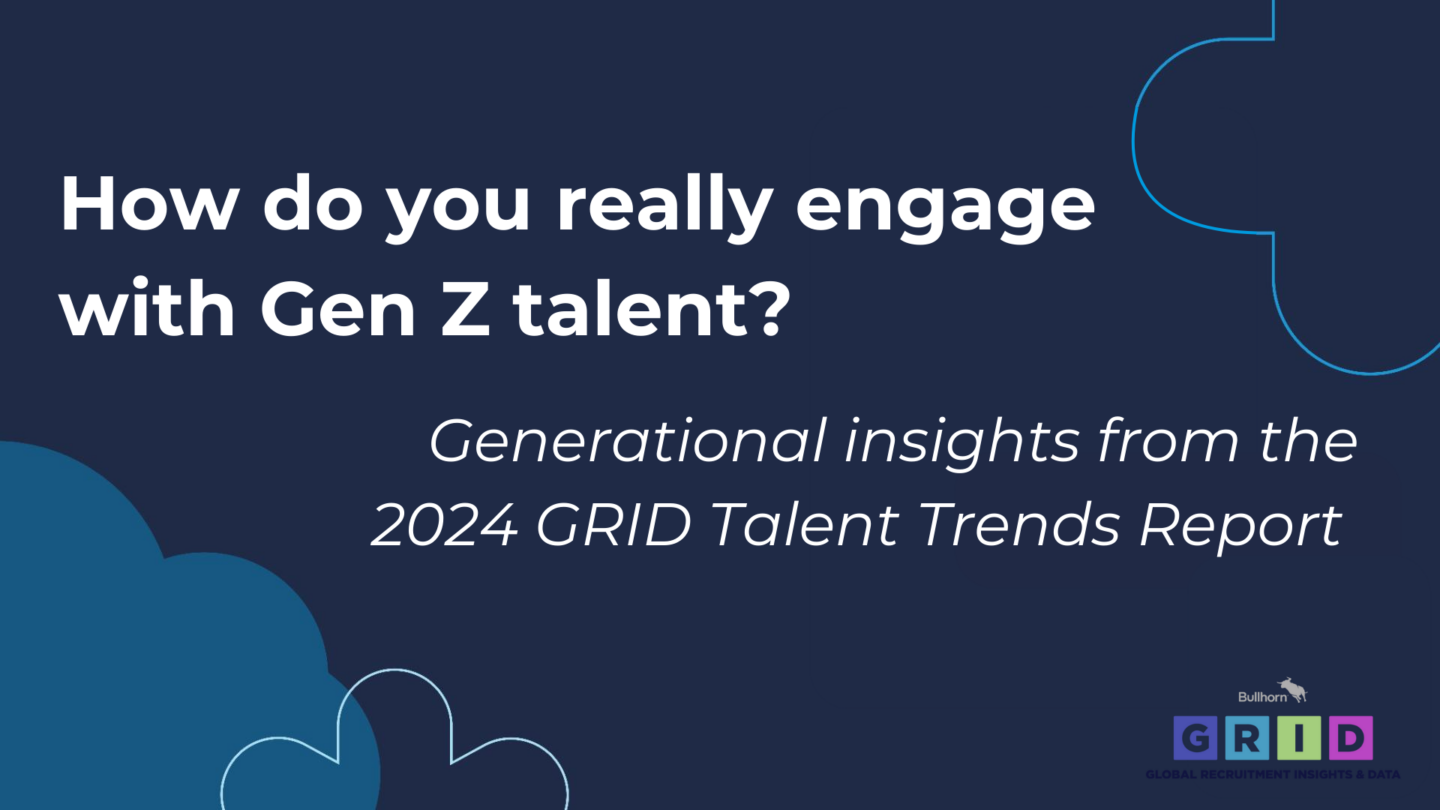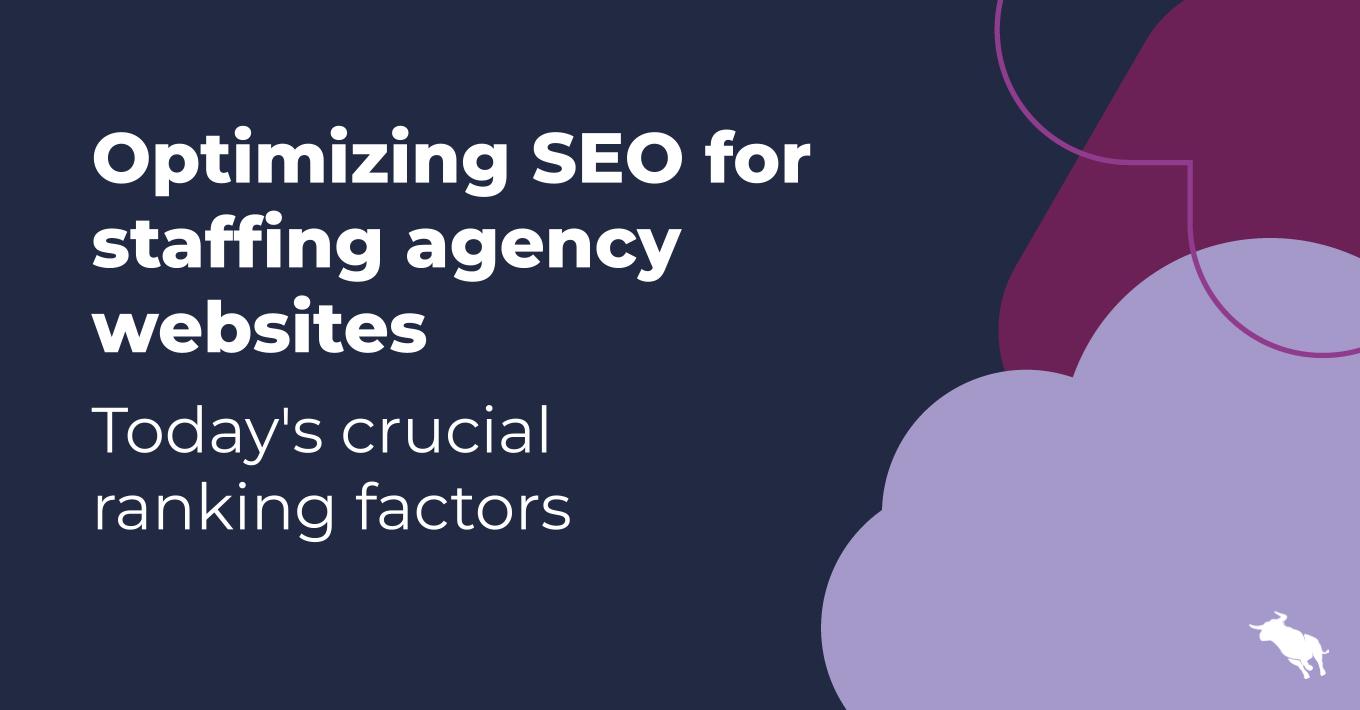What is AI, Anyway? A Guide for Staffing and Everyone Else

What does AI actually mean for your business? In this series, Bullhorn’s Jim Hegerich explores the basics of AI, the application of technology in staffing and the ongoing requirements to ensure you get the intended, ongoing return on your AI investment.
Every time I meet with leadership teams across the staffing industry, we’re asked the same question: “What is your company doing with AI?”
The problem begins with that simple sentence. Many people know what AI stands for—artificial intelligence—but they quickly become lost when you ask them to define it.
I’m here to help. Let’s start by defining some terms. This isn’t all-encompassing, but it will set a framework that will allow us to speak the same language.
AI Terms Staffing Professionals Should Know
- AI: The use of programs that drive computers to “think & react” like humans. Applications you’re probably familiar with are speech recognition (think Siri), learning, planning, problem-solving (IBM’s Watson dominating at chess) and perception (facial recognition…and then some).
- Machine Learning: a component of AI, allows computers to respond to situations (in a human-like fashion) through analysis, self-training, observation & experience. At the basic level this means pattern & trend detection. This is learning based on examples rather than the traditional method in computing of using a predefined set of rules or algorithms.
- Analytics: the analysis of data and data patterns to improve decision making.
AI Fundamentals: What Does This Mean For My Staffing Business?
Now that we agree on the basics, let’s explore the fundamentals.
In my world, this means, “What’s the business impact of AI-fueled software?” Or as my clients in the staffing industry would ask, “That sounds great but what’s in it for me?”
Here’s what it means for you:
- Connected business workflows that deliver a greater level of accuracy and speed without the need for someone you’re paying to intervene.
- Continually improving, system-driven learning and decision-making automation.
- The ability to look at trends and pattern data as it relates to the health of your business.
- The information you need to invest your resources to achieve the best results based on your strategic objectives.
Much of this technology is already in existence and operational, especially from an automation standpoint. Where it is going from here is the refinement for use in virtually unlimited operations and lines of business. It shouldn’t be a surprise that those that choose to adapt and adopt will see a distinct competitive edge over those who view the use of this technology as a nice-to-have-down-the-road option.
An important note: AI is not a functionality that you can just “set and forget”. Getting the most out of AI is like raising a child. You must feed and nurture them constantly. You have to make sure that they know the “rules of the game” for success in life. You must always keep an eye out for changes in their behavior and provide feedback instantly to keep their “programming” on track to achieve the desired outcome. The oldest axiom in computing still applies: GIGO “Garbage In, Garbage Out.
So how do you ensure you have a solid foundation that will allow your business to get the most out of AI? Stay tuned for the next entry in the series, where I’ll show the pitfalls of the ‘better, cheaper, faster’ mentality in staffing, and how you can get ahead of the competition by thinking long-term.
About the author: Jim is a Senior National Accounts Executive at Bullhorn. He has spent the last 35 years in sales & sales leadership roles, the last 19 years in software. His background includes stints at ADP & Xerox as well as startups. He is driven by one question, “How can I deliver measurable, repeatable value to our clients?” If he’s not working, or even if he is, you’ll probably find him at a local golf course, American Legion or his favorite, preparing a gourmet meal.





